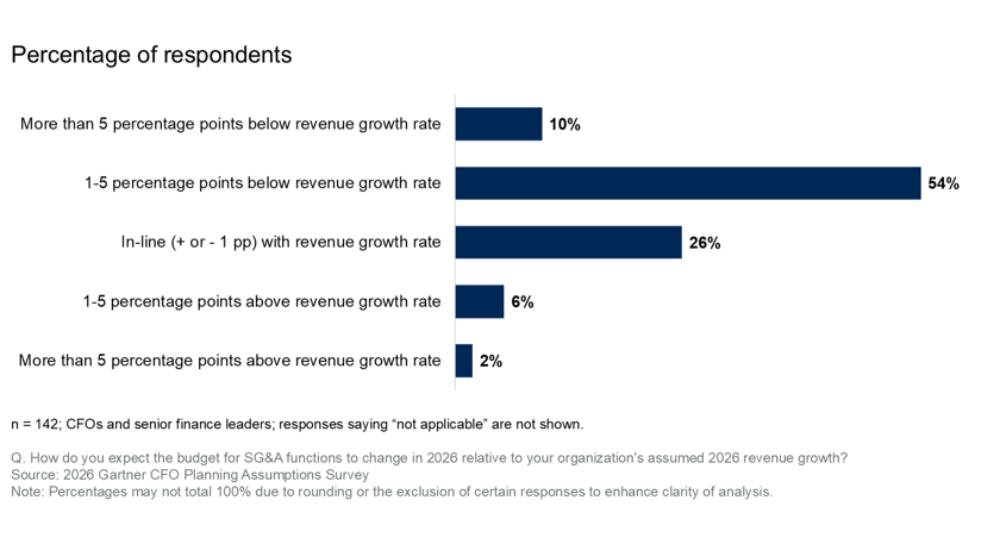While 2020 was a turbulent and uncertain year across many industries, for the defence sector, it has been a wake-up call. Military organisations in particular have been forced to adopt new ways of working due to social distancing and the need to collaborate remotely. This has driven a need for more technology and less traditional, paper-based, processes. This increased use of technology by military organisations and their in-service support partners is spawning a proliferation of valuable data being fed back by their assets, their people and their software.
This data backbone is the common thread which underlies my three key developments that will shape the industry in 2021 and beyond.
Simulated data, AI, Machine Learning and predictive analytics, moves from maintenance concept to practicality. There has been significant discussion in recent years about the potential for AI and predictive analytics among military, industry and academic commentators. But now, in a practical sense, we are closer than ever to translating these principles into on the ground maintenance strategies to revolutionise military asset readiness.
5G is a key enabler for practical AI for military operations. With the proliferation of technology such as 5G connectivity allowing as close as possible real-time data exchange, the stage is set for live maintenance updates from military assets such as aircraft or vehicles to be fed back into a logistics system. This system can then optimise maintenance personnel on the ground to make seamless scheduled or even unexpected repairs.
Adding in machine learning is the next step to make maintenance as predictive as possible, bringing the ability to aggregate this data and use AI to simulate assets in a digital twin environment. Add in pre-set requirements such as number of sortie hours required of individual assets, and AI and machine learning will allow OEMs and military organisations to simulate wear on critical components such as engines in a fully digital environment. These models can then be used to inform decision-making for the physical asset, turning simulated data into an on the ground strategic advantage.
Anywhere operations, a key armed forces requirement becomes achievable in disconnected environments. But even in today’s increasingly digital world, there will still be situations where constant connectivity to analyse this data in real time is simply not possible, and nowhere more so than in military operations. Gartner projects anywhere operations to be one of the top strategic technology trends of 2021 across all industries, not just defence. It defines anywhere operations as an IT operating model designed to support customers everywhere, enable employees everywhere and manage the deployment of business services across distributed infrastructures.
The military often performs mission-critical disconnected operations in difficult to reach locations beyond a forward operating base, which means they are perhaps the sector with the most pressing strategic need to embrace the idea of anywhere operations. Optimising operations in such a disconnected setting means racing data back from these forward operating bases back to a main operating base which has the connectivity to inform maintenance and repair requirements. And here is where data connectivity becomes key.
AI, Machine Learning, and predictive analytics capabilities cannot optimise maintenance cycles without data to work with. As a result, expect in the coming months to see much more focus on supporting software that must have the ability to collect data in the field then upload, sync and action that information when an asset returns to base.
Sustainable operations, what was once considered a luxury is now a strategic goal. An area which will also see increased focus and scrutiny going forward will be sustainability, something that militaries and their in-service support partners may have felt immune from given their remit to maintain national security at all costs, but times are changing. Measuring sustainability efforts from a logistics standpoint also keys into the increasingly data-driven environment military organisations are introducing.

Firstly, more efficient asset management in terms of predictive maintenance will vastly reduce the logistics footprint associated with supporting complex equipment such as aircraft and vehicles. Secondly, the same software components which use data streams to help track asset performance and assess financial costs can track environmental costs as well. Environmental impacts can be assigned to each asset and rolled up into a reporting structure to detail the overall environmental impacts of military operations.
Three key developments but one theme is common which is reliance on a consistent data thread. Covid-19 has impacted industries in different ways, in the military it has actually accelerated digital change. The job is now for military organisations and defence in-service support providers to prioritise their digital initiatives and make sure they have the correct software infrastructure in place, because the benefits of these initiatives will not be achieved in isolation.
While these three developments are differing focus points for defence logistics and support, there is a common digital thread linking them all together, the reliance on data collection, access and analysis. Only by making sure their software infrastructure is able to exploit this common digital thread will they be able to give frontline soldiers, maintenance personnel and commanders alike a data-driven picture of military operations they need and crave for.
Key Takeaways
- Covid-19 has actually accelerated digital change in the military.
- 5G is a key enabler for practical AI for military operations.
- Sustainable operations, what was once considered a luxury is now a strategic goal.
- Anywhere operations become achievable in disconnected environments.




